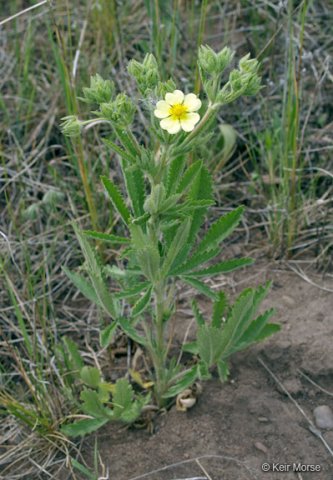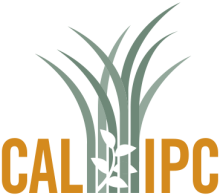Climate Matching Map
| Attachment | Size |
|---|---|
| climatematch-potentilla_recta-california-20251102.pdf (1.17 MB) | 1.17 MB |
1. Question 1
2. Question 2
In Europe this species occurs densely throughout Spain, France, Germany, Italy, southern Poland, Greece, and eastern Bulgaria. This species is also scattered across Austria, Czechia, Slovakia, Hungary, Scotland, and central and eastern Ireland.
In Montana Potentilla recta infestations were found in 31 different habitat types (NRCS 2007).
3. Question 3
4. Question 4
5. Question 5
6. Question 6
There are some occurrences that are outside the Climate Matching map: in northern Europe (Denmark, southern Sweden, southern Finland, throughout the UK, the Netherlands), Canada (New Foundland), and in the US (around the Great Lakes, throughout Arkansas, Okhlahoma, and Missouri).
7. Question 7
8. Question 8
9. Question 9
10. Question 10
11. Question 11
12. Question 12
13. Question 13
14. Question 14
15. Question 15
16. Question 16
17. Question 17
18. Question 18
19. Question 19
20. Question 20
Evaluation Notes
Calflora (Potentilla recta):
https://www.calflora.org/app/taxon?crn=6866
Accessed 08/12/2021
Calflora (Potentilla sp.):
https://www.calflora.org/cgi-bin/specieslist.cgi?namesoup=potentilla&cou...
Accessed 08/12/2021
GBIF:
https://www.gbif.org/species/5367294
Accessed 08/12/2021
GBIF (Potentilla indica):
https://www.gbif.org/species/5365283
Accessed 08/12/2021
GRIN:
https://npgsweb.ars-grin.gov/gringlobal/taxon/taxonomydetail?id=29517
Accessed 08/12/2021
iNaturalist:
https://www.inaturalist.org/taxa/62211-Potentilla-recta
Accessed 08/12/2021
Invasive Plant Atlas of the United States:
https://www.invasiveplantatlas.org/subject.html?sub=4431
Accessed 08/12/2021
University of Georgia Invasive.org:
https://www.invasive.org/browse/subinfo.cfm?sub=4431
Accessed 08/12/2021
University of Georgia Invasive.org (Potentilla indica):
https://www.invasive.org/browse/subinfo.cfm?sub=78283
Accessed 08/12/2021
USDA:
https://plants.usda.gov/home/plantProfile?symbol=PORE5
Accessed 01/03/2022.
Question 18: Need more direct evidence of frequent dispersal by mammals.
Added updated Climate Match map and link and made additional reference edits needed for new web platform. (J. Burger 11/2/2025)






